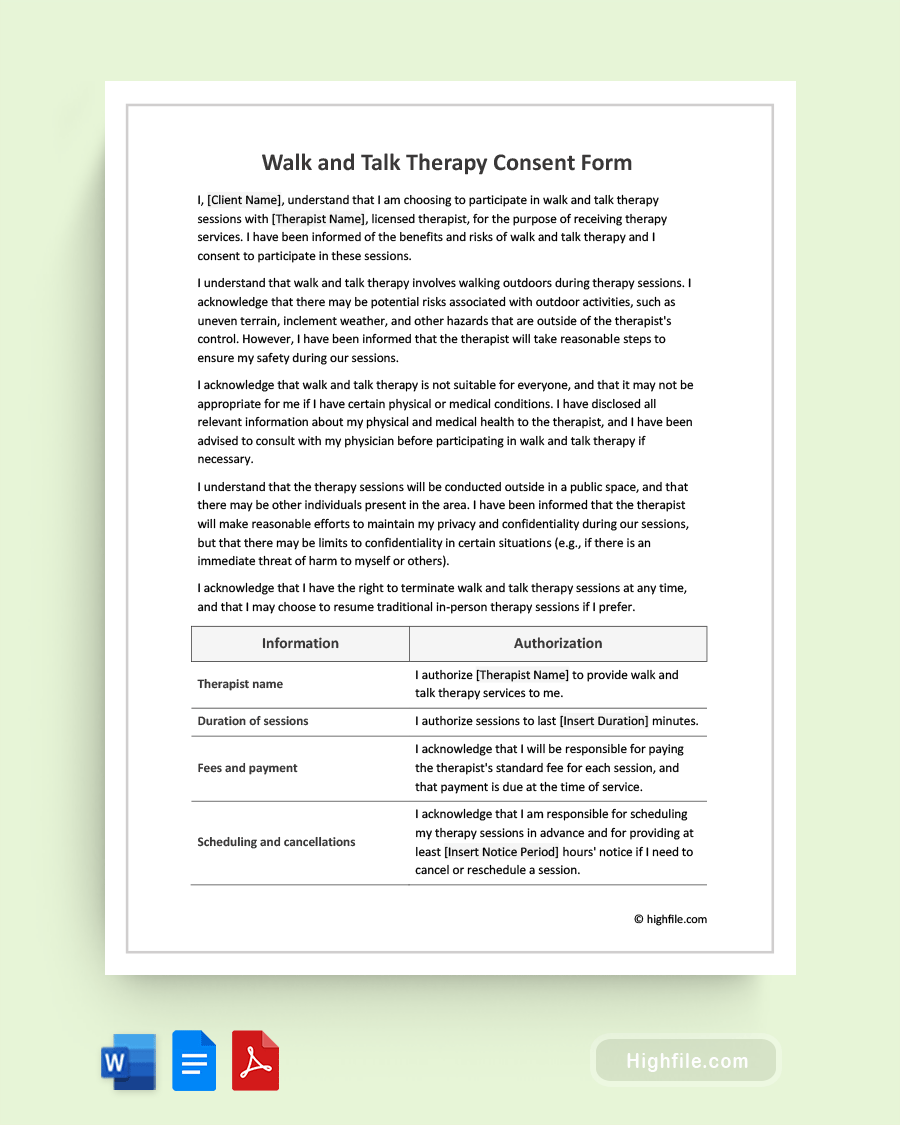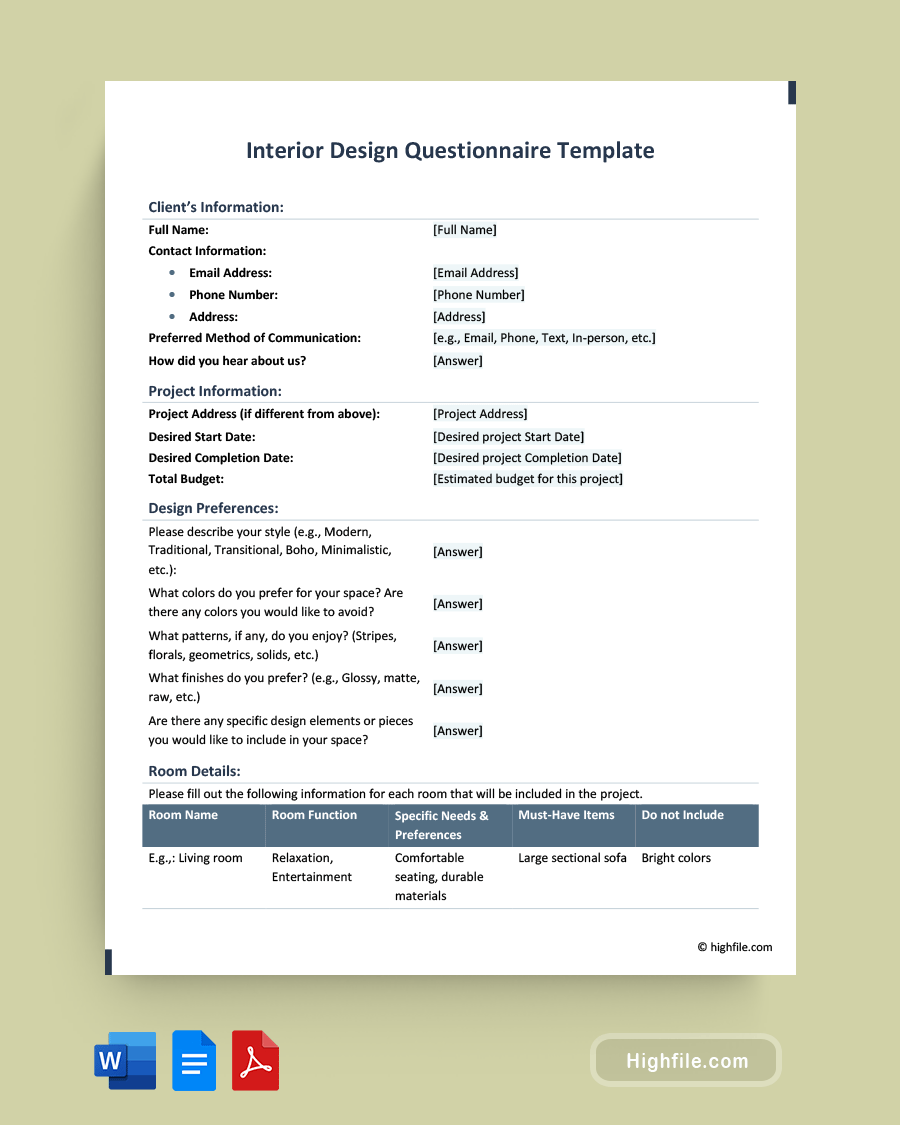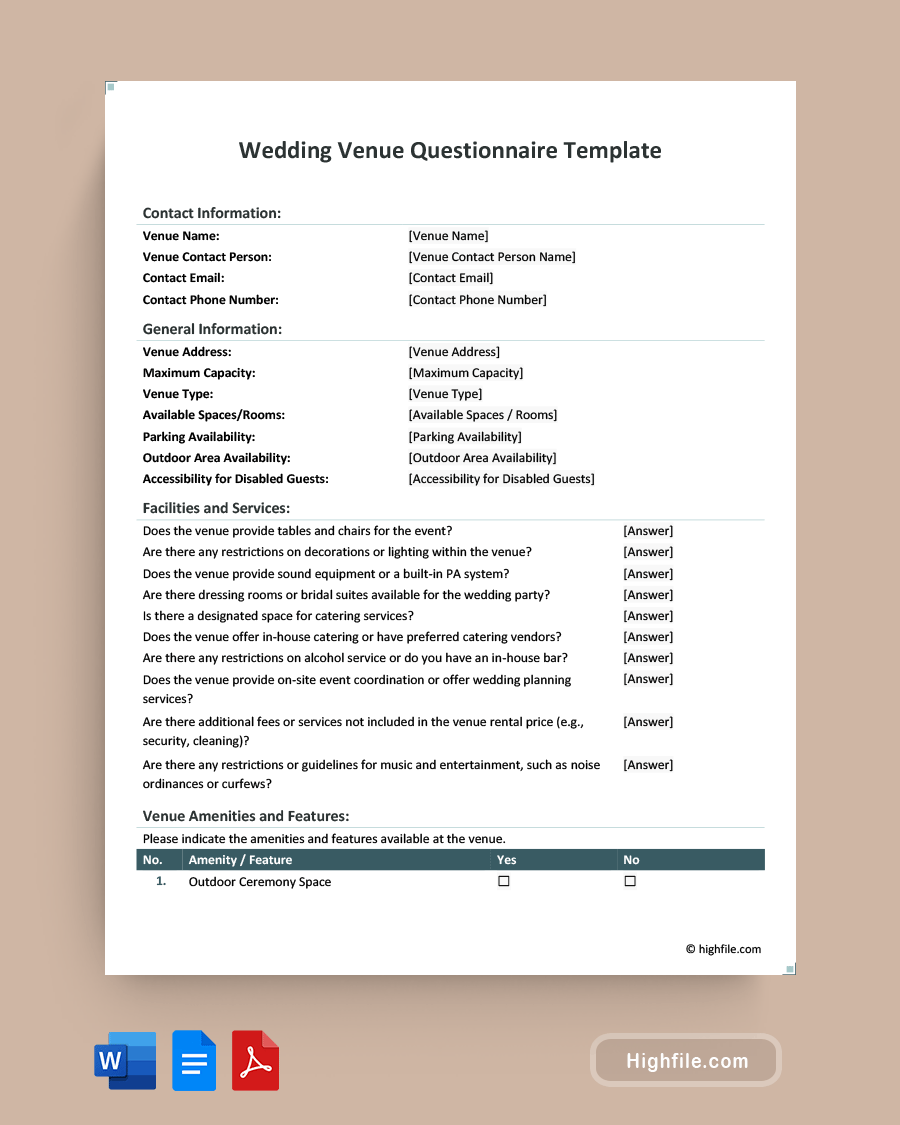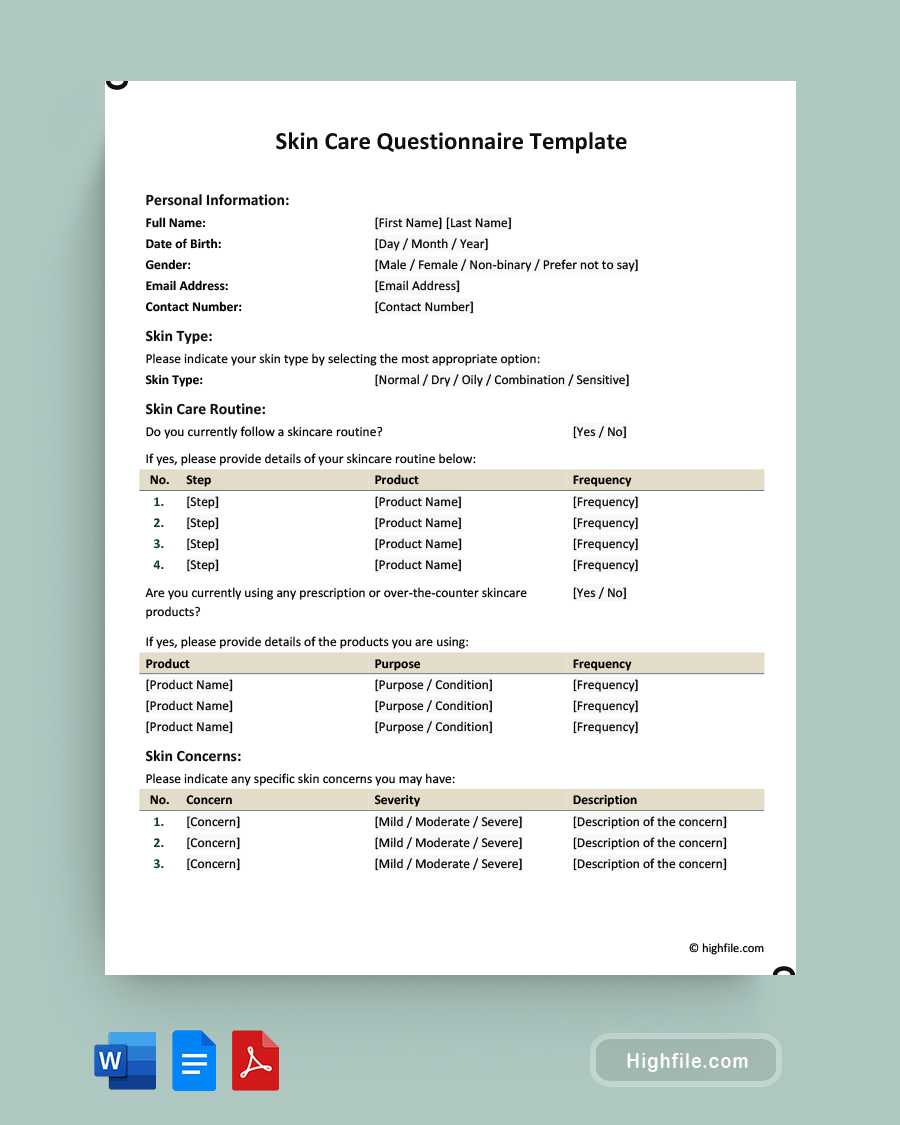Walk and talk therapy requires a consent form so that the client is aware of the terms and conditions of the therapy session, including the potential risks and benefits of physical activity. It protects the therapist and client legally by establishing clear boundaries and consent, ensuring their rights and safety, and establishing trust and credibility. The form also helps the therapist assess the physical limitations or concerns of the client and address any potential risks or issues that may arise during the session. Using our Walk And Talk Therapy Consent Form Template will help you create a customized professional document to use with your patients.
What Is a Walk And Talk Therapy Consent Form?
A Walk and Talk Therapy Consent Form is a legal document that outlines the terms and conditions of this type of therapy, including the risks and benefits and the responsibilities of the therapist and client. It shows the client’s consent to participate in the therapy and proof that they understand its process and purpose. Additionally, this document typically documents information such as the names of both parties, the location, and the duration of the therapy session.
Fun Fact: Due to the overwhelming popularity of this type of therapy, some therapists now offer guided “forest” or “nature” therapy walks.
Importance of Walk and Talk Therapy Consent Form
A Walk and Talk Therapy Consent Form is an essential document that protects the rights and safety of both the therapist and the client. It ensures that both parties have a clear understanding of the therapy session and the expectations for the session, which can help to build trust and a strong therapeutic relationship. Here is the importance of having a Walk and Talk Therapy Consent Form:
- Clear communication: This form provides a clear and concise way for the therapist to communicate the terms and conditions of the therapy session to the client, which helps to avoid misunderstandings and confusion.
- Informed consent: The client is required to sign the form, which indicates that they have read and understood the terms and conditions of the therapy session and that they consent to participate in the walk and talk therapy session.
- Legal protection: The document provides legal protection for both the therapist and the client by establishing clear boundaries and expectations for the therapy session.
- Physical safety: The form allows the therapist to assess the physical safety of the client by identifying any physical limitations or concerns the client may have that could affect their ability to engage in physical activity.
- Privacy and confidentiality: The form outlines the limits of confidentiality and the circumstances under which the therapist may need to break confidentiality, which helps to protect the client’s privacy.
- Professionalism: Having a Walk and Talk Therapy Consent Form demonstrates the professionalism of the therapist and helps to establish trust and credibility with the client.
- Establishing boundaries: The form helps to establish clear boundaries for the therapy session, which can help to build a strong therapeutic relationship and prevent potential misunderstandings or conflicts.
Essential Elements of Walk And Talk Therapy Consent Form
- Form Title- This identifies the document.
- Consent Statement- This shows the client’s desire to attend walk and talk therapy
- Acknowledgments- These detail aspects of the process and ensure the client understands and agrees to them.
- Information and Authorization Chart- This lists a type of information (listed below) in one column and a specific authorization related to it in the second.
- Therapist
- Duration
- Payment
- Cancellations and Scheduling
- Confidentiality
- Emergency Contact
- Information Release
- Recording Acknowledgement- This shows the client understands that the sessions may be recorded.
- Certification- This clearly states the client has read and understood the document.
- Client and Therapist Signature and Date Lines- By signing here, the parties enter into a legally binding agreement.
Pro Tip: Use the consent form to provide clear boundaries and expectations, and consider adding information on what the client should expect, including common physical and emotional reactions.
Legal Requirements for Walk and Talk Therapy Consent Form
A Walk and Talk Therapy Consent Form must comply with the following legal requirements to ensure that the therapist practices within their scope of licensure and professional, ethical standards.
- Professional licensure: The therapist must hold a valid professional license to practice therapy in the state or country where the therapy session takes place.
- Informed consent: The consent form must clearly outline the terms and conditions of the therapy session, including the potential risks and benefits of physical activity, and obtain the client’s informed consent.
- Safety: The therapist must take appropriate steps to ensure the safety of the client during the walk and talk therapy session, including assessing the physical limitations or concerns of the client and addressing any potential risks or issues that may arise.
- Confidentiality: The consent form must clearly outline the limits of confidentiality and the circumstances under which the therapist may need to break confidentiality in accordance with state and federal laws and ethical standards.
- Recordkeeping: The therapist must keep accurate and complete records of the walk and talk therapy session in accordance with state and federal laws, including maintaining the confidentiality and security of client records.
FAQs
To ensure that the Walk and Talk Therapy Consent Form effectively communicates the benefits and limitations of walk and talk therapy compared to traditional office-based therapy, the therapist can take the following steps:
ᐅ Explain the benefits and limitations of walk and talk therapy. This information should be presented in plain language that is easy for the client to understand.
ᐅ Use examples and real-life scenarios to help the client understand the benefits and limitations when compared to traditional office-based therapy
ᐅ Encourage the client to ask questions.
ᐅ Provide the client with additional resources, such as articles or videos, that explain the benefits and limitations of this unique therapy in more detail.
If a client is uncomfortable walking outdoors due to physical limitations or personal preferences but still wishes to participate in walk and talk therapy, the therapist should work with the client to find a solution that meets their needs. Conduct the therapy session in a location that is comfortable for the client, such as a park bench or other outdoor seating area. This allows the client to participate without the physical discomfort of walking. The therapist could conduct the session while sitting or standing in a stationary location, such as a gazebo or covered porch.
When conducting a walk and talk therapy session, it is important for the therapist to bring along certain equipment and supplies to ensure the safety and comfort of the client. The therapist may want to bring a first aid kit, bottled water, sunscreen, insect repellent, and their mobile phone in case of an emergency.
Key Points
A walk and talk therapy consent form is essential for promoting clear communication, establishing trust and credibility, and ensuring the best possible outcomes in therapy. It ensures that the client is fully informed about the terms and conditions of the therapy session, including the potential risks and benefits of physical activity, and provides the therapist with the client’s informed consent. Additionally, it establishes clear boundaries and expectations for the therapy session, protecting the rights and safety of both parties, including confidentiality and recordkeeping.







